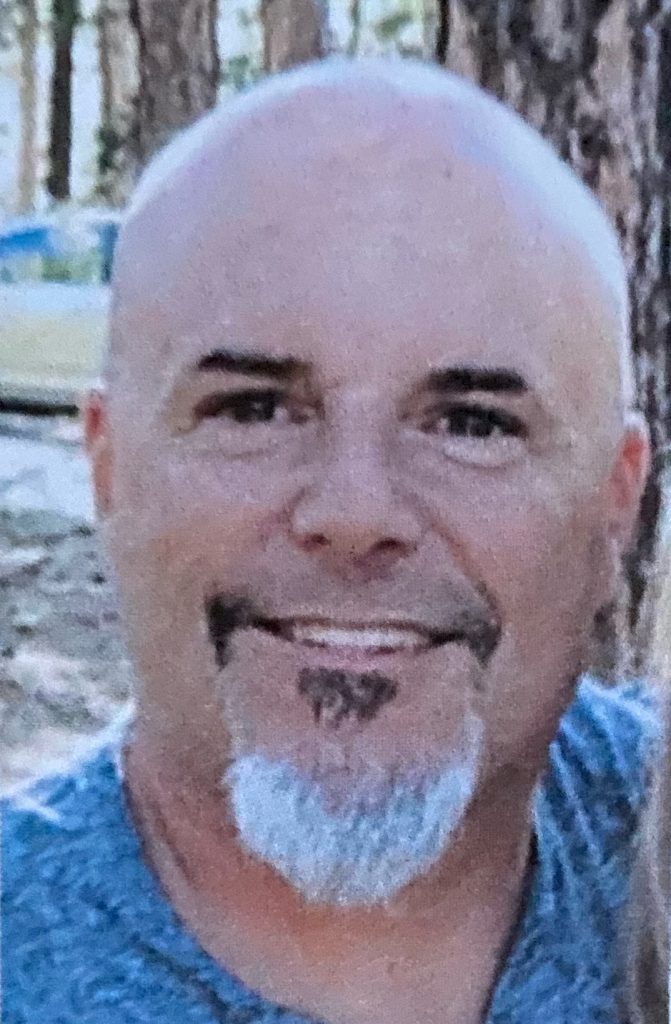Representatives from the Massachusetts Department of Transportation presented to the Marion Select Board during the latter’s Tuesday night meeting on the future of Route 6 as it passes through town.
Pam Haznar of MassDOT was joined via Zoom by Rosie Jaswal and Aidee Cira, who are part of the ensemble put together to analyze the stretch of Route 6 that spans from the Mattapoisett to Wareham town lines.
In referencing the corridor study that the Southeastern Regional Planning Economic and Development District (SRPEDD) previously put together as a Master Plan that spanned from Route 240 in Fairhaven over the bridge into Wareham, Haznar said a new study has emerged after which meetings have been held yielding new information.
Jaswal gave a PowerPoint presentation based on prepandemic counts of fewer than 10,000 vehicles on the Marion stretch of Route 6.
In three meetings that included Representative William Straus, Marion town officials, MassDOT and SRPEDD, conditions were reviewed, not only including an analysis of poor pavement but the effect of Route 6 bisecting the town as a barrier, the potential effect of future business and residential developments and the need to accommodate more turning traffic in commercial areas.
The August meeting looked at options and solutions, and Jaswal displayed hypothetical sections of Route 6 with one lane of traffic each way instead of two and a space for a shoulder as well as a multiuse (bike) path. Other possibilities being explored include two-way center-turn lanes where needed, a tightening up of turns for the sake of crossing pedestrians, further opportunities to tighten up signalized intersections, truck-turning aprons and 130-foot-diameter rotaries.
Rotaries (or roundabouts) would require more in-depth traffic analysis before being considered feasible, but speed feedback signs and the completion of missing sidewalk connections are virtual certainties in the future.
Next steps will include a long-term, conceptual layout from Converse to Point Road in coordination with the Wareham bridge project.
During a question-answer session that followed the presentation, Select Board member John Waterman asked if a proposed reduction from four to two lanes would affect the road’s qualification for a light signal at the intersection of Spring Street.
“The signal warrants are based on volume … configuration secondary to volume,” said Jaswal, who qualified the comment by noting that an analysis of Route 6 at Spring Street yielded the conclusion that a signal is not warranted. “That could change in the future,” she said.
Jaswal said the design of pedestrian crossings are customized to each road-design scenario. Not all of Marion’s stretch of Route 6 will be the same.
Select Board member Randy Parker asked if Haznar is familiar with the 1980s experiment with two rather than four lanes of traffic and the crashes that followed. Haznar said that MassDOT is aware of that history.
“Our goal is to make it a much more livable street,” she said. “We don’t have a final design at this point, we’re still in the study stage … need to refine alternatives … will be doing a full analysis.”
Haznar said the project could cost close to $20,000,000, “just based on what we see with other projects.”
Converse Road to Point Road is the highest priority section in Marion. Haznar confirmed that the surveyors that Select Board Chairman Norm Hills has seen between Converse to Point Roads are MassDOT. She said her group has just received final plans and that the surveying work has been completed and will be forward to design consultant Toole.
Jaswal segmented Route 6 in Marion according to urban versus suburban. Haznar said that while traffic-signal timing is “pretty straightforward,” road painting is a more-complex matter.
“Right now, we’re focused on developing a larger-scale project, but there are some things we could look at on the shorter term,” she said.
Dr. Ed Hoffer asked about Route 6 relative to the proposed residential housing projects near the Wareham town line, the difficulty getting out of there on to Route 6, particularly going westbound. Haznar said signs on either side of Route 6 were installed before the pandemic. “Anything we install would have to meet federal traffic warrants,” she said.
Jennifer Francis suggested a dedicated left turn into the residential area and a dedicated turn out as cost-effective solutions.
Town Administrator Jay McGrail thanked the project representatives for their time and said the town is “at a point where we can start some public input to keep this project moving forward.”
Waterman doubled down on the note of appreciation. “This is an important project for the town,” he said.
Haznar said she is looking forward to future coordination with the town.
In his Town Administrator’s Report, McGrail discussed the informational pre-Town Meeting scheduled for Wednesday night at the Music Hall.
The Select Board voted to not recommend Article 40, the citizen’s petition seeking the town’s acceptance of Fieldstone Lane as a public way.
In other business, the Select Board voted to approve Harbormaster Isaac Perry’s request to renew the Bryant Brothers Shellfish Company’s Aquaculture license; the board also approved the Aquaculture application of Catherine Brodeur.
The board voted to approve road closures for the Monday, May 30, Memorial Day parade from 8:30 am, the Monday, July 4, Independence Day parade from 8:00 am, and the Village 5k Race on June 25.
The board voted to approve one-day liquor licenses for the Marion Firefighters Association Horseshoe Tournament on May 22 and the Tri-County Music Association Pops Concert on July 12 at Tabor Academy.
The board voted to approve the appointments of Sean M. Givens Jr. and Mandy Givens to the Memorial Day, July 4th Parade and Veterans Day committees.
The board also approved water/sewer commitments of $950 (new water service April 20) and $320.68 (final readings April 13.)
The next meeting of the Marion Select Board is scheduled for Tuesday, May 3, at 6:00 pm at the Music Hall. There will be no remote-access option.
Marion Select Board
By Mick Colageo
